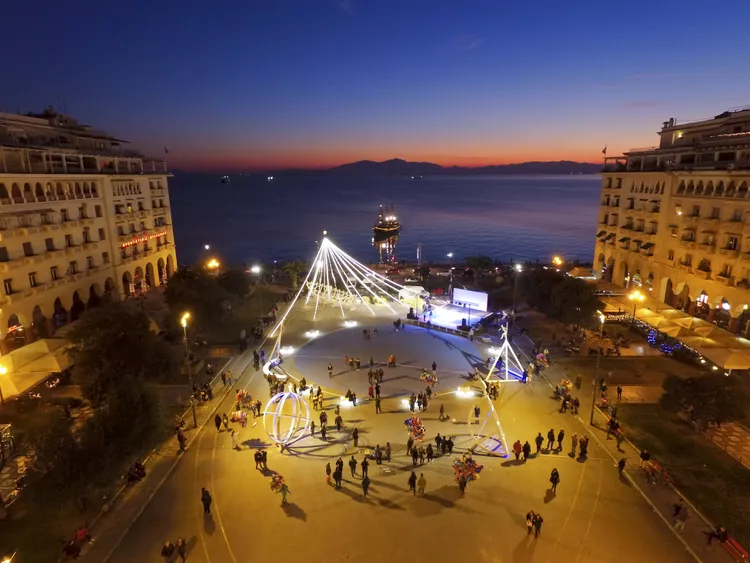1. Overview of Christmas in Greece
Christmas in Greece is a unique blend of traditions, delicious foods, and historical folklore that captivates both locals and travelers alike.
2. Spending Christmas in Greece
If you will be traveling to Greece at Christmas, it’s important to note that many offices, businesses, restaurants, and other amenities may be closed or observing unusual hours during the holiday season. Turkey plays a significant role in Greek Christmas culinary traditions, and you will likely find it gracing most Greek Christmas tables. Additionally, in some regions, the holiday period is preceded by a time of fasting. The Christmas season officially begins by December 6th, the Feast of St. Nicholas, when presents are exchanged, continuing through to January 6th, the Feast of Epiphany.
3. Christmas Displays in Greece
Generally, visitors should not expect an abundance of Christmas displays, lights, or other Western decorations, except perhaps in the windows of expatriates and an increasing number of Greeks who have embraced Western customs. Greece historically has been a bastion of non-commercialism during Christmas, although there are some compelling changes recently. The City of Athens has initiated elaborate Christmas displays and events in Syntagma Square and other locations throughout the city. However, as Greece continues its recovery from its financial crisis, the celebrations have remained more subdued.
Traditionally, Christmas in Greece is a solemn, religious occasion. The beautiful Christmas carols known as kalandas have been passed down from Byzantine times, enhancing the solemn atmosphere of the holiday.
4. Greek Christmas Elf Lore
In Greek tradition, the equivalents of Christmas elves are not as harmless as their Western counterparts. Instead, mischievous and sometimes sinister sprites referred to as the Kallikantzaroi (or Callicantzari) are said to roam during the twelve days of Christmas, from December 25th until Epiphany on January 6th. Their appearance varies from region to region; in some areas, they are described as wearing wooden or iron boots, while in others, they possess hooves. These creatures are frequently depicted as male and may even take on the forms of wolves or monkeys. In local folklore, the twelve days of their mischievous reign play a central role in cautionary tales where young girls are warned to avoid these creatures.
5. The Greek Yule Log
Some households maintain fires throughout the twelve days to deter the spirits from entering through the chimney—a fascinating contrast to the tradition of Santa Claus in other cultures. The “yule log” in Greece was traditionally a large log set vertically in the chimney, meant to burn or smolder for the duration of the holidays. Households commonly hung protective herbs like hyssop, thistle, and asparagus by the fireplace to ward off the Kallikantzaroi. In contrast, less observant families might resort to placing out meat as an offering for the Kallikantzaroi, which is notably more substantial than the milk and cookies served in Western traditions. Lastly, on Epiphany, a local priest would perform a ceremonial blessing of the waters, thought to keep these mischievous beings at bay until the following year. Some local festivals even still include representations of these fantastical entities, possibly connecting back to ancient Dionysian celebrations.





